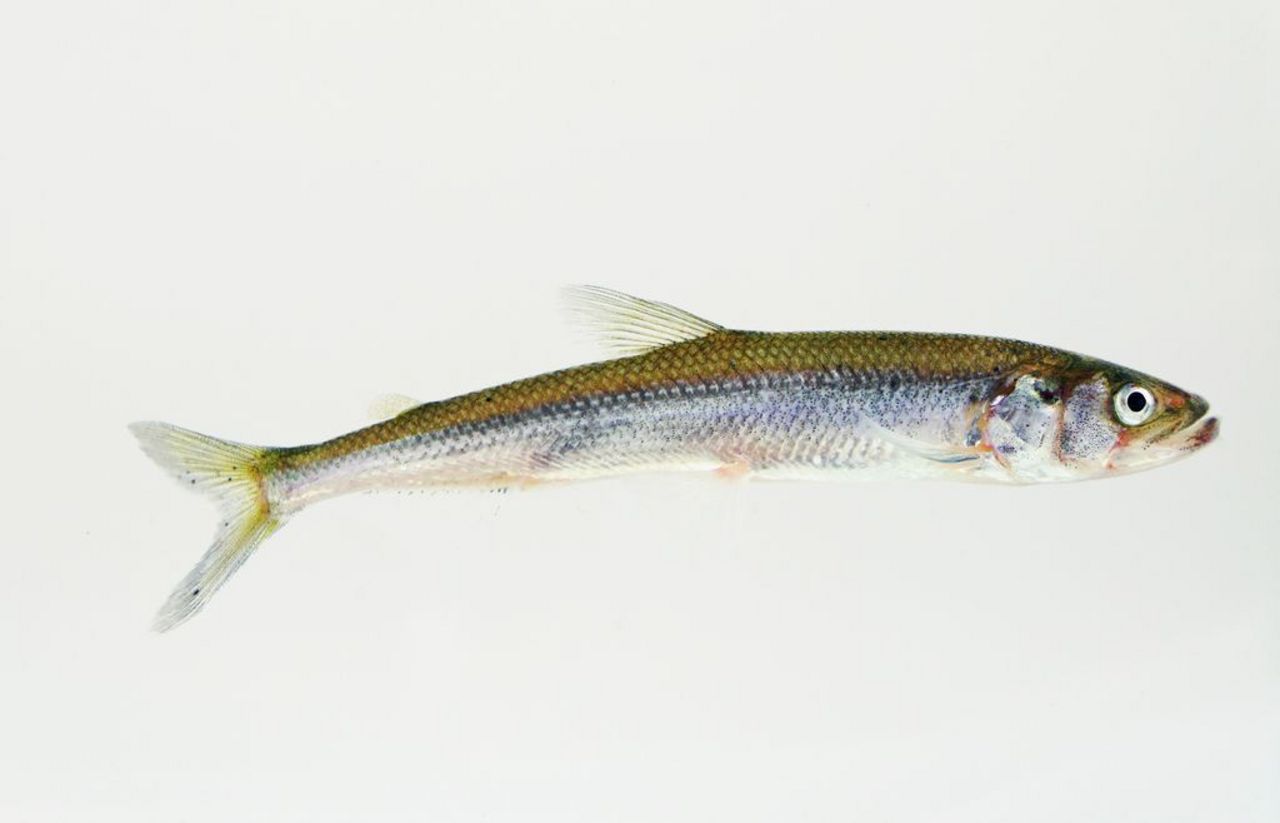
Smelts are small, silvery fish that belong to the Osmeridae family. These remarkable creatures are found in both fresh and saltwater environments, inhabiting rivers, lakes, and oceans around the world. Despite their small size, smelts play an important role in the aquatic ecosystem and have caught the attention of both anglers and scientists alike.
In this article, we will dive into the fascinating world of smelts and explore 10 interesting facts about these incredible fish. From their unique adaptations to their migration patterns, we will uncover the secrets of smelts that make them so intriguing. So, buckle up and get ready to discover the wonders of these little fish!
Key Takeaways:
- Smelts are small, shiny fish that live in rivers, lakes, and oceans. They are important for other animals to eat and are also enjoyed by humans as a tasty seafood delicacy.
- Smelts are sensitive to pollution and their presence can tell us if the water is healthy. They are also part of the food chain, affecting the lives of other animals in their habitat.
Smelts are small, silvery fish.
Smelts are a type of fish that belong to the family Osmeridae. They have a slender body and a shiny, silver-colored skin.
Smelts are found in both freshwater and saltwater habitats.
These fish can inhabit various environments, including rivers, lakes, and oceans. Some species of smelts are anadromous, meaning they migrate from the ocean to freshwater to spawn.
Smelts are known for their unique spawning behavior.
During the spawning season, smelts gather in large numbers and swim upstream to lay their eggs on gravel beds. This natural phenomenon is often referred to as a “smelt run.”
Smelts are an important food source for many predators.
Due to their abundance and high nutritional value, smelts serve as a crucial food source for various animals, including birds, larger fish, and marine mammals.
Smelts are commercially harvested for human consumption.
Smelts are popular among seafood enthusiasts and are often prepared by frying or grilling. They are especially popular in coastal regions and are considered a delicacy in some cuisines.
Smelts have a delicate, mild flavor.
The flesh of smelts is tender and has a mild, slightly sweet taste. They are often enjoyed as a whole fish, and their small size makes them easy to eat.
Smelts have a short lifespan.
Most species of smelts live for only about 3-5 years. Their short life cycle is due to their reproductive strategy and the presence of predators in their habitats.
Some species of smelts are bioluminescent.
Bioluminescence refers to the ability of certain organisms to produce light. Some smelt species, such as the lanternfish, possess bioluminescent organs on their bodies.
Smelts are highly sensitive to water pollution.
These fish are indicator species, meaning they can indicate the overall health of their habitats. Their presence or absence can be used as an indicator of water quality.
Smelts play a role in ecological balance.
As both predator and prey, smelts contribute to the intricate food webs in their ecosystems. Their population dynamics can have a cascading effect on other species.
Conclusion
Smelts are fascinating fish that inhabit fresh and saltwater environments around the world. With their unique characteristics and behaviors, they have captured the interest of many animal enthusiasts and researchers. Whether you’re a fan of fishing or simply curious about marine life, learning about smelts can provide valuable insights into the diversity and complexity of our natural world.
From their incredible adaptations to their important ecological role, smelts are truly remarkable creatures. Whether it’s their ability to form large schools for protection or their specialized body structure for swift swimming, they have evolved over time to thrive in their respective habitats.
So, the next time you encounter a smelt or hear about them, remember these fascinating facts and appreciate the beauty and significance of these small but mighty fish!
FAQs
Q: What are smelts?
A: Smelts are small, silvery fish that belong to the family Osmeridae. They are known for their slender body shape and delicate flavor.
Q: Where can smelts be found?
A: Smelts can be found in both fresh and saltwater environments, depending on the species. Some common areas to find smelts include rivers, lakes, and coastal areas.
Q: What do smelts eat?
A: Smelts primarily feed on small invertebrates such as zooplankton, crustaceans, and insect larvae. They may also consume small fish and fish eggs.
Q: Are smelts important in the ecosystem?
A: Yes, smelts play a crucial role in the ecosystem. They serve as prey for larger fish, birds, and marine mammals, contributing to the overall balance and food web of the aquatic environment.
Q: Are smelts a popular choice for fishing and culinary use?
A: Yes, smelts are often sought after for both recreational and commercial fishing due to their delicate and flavorful meat. They are commonly fried or used in various culinary preparations.
Q: Are smelts endangered?
A: While some smelt species are listed as threatened or endangered due to habitat loss and overfishing, it’s important to note that not all smelt populations are in jeopardy. Conservation efforts are being made to protect their habitats and regulate fishing practices.
Was this page helpful?
Our commitment to delivering trustworthy and engaging content is at the heart of what we do. Each fact on our site is contributed by real users like you, bringing a wealth of diverse insights and information. To ensure the highest standards of accuracy and reliability, our dedicated editors meticulously review each submission. This process guarantees that the facts we share are not only fascinating but also credible. Trust in our commitment to quality and authenticity as you explore and learn with us.
